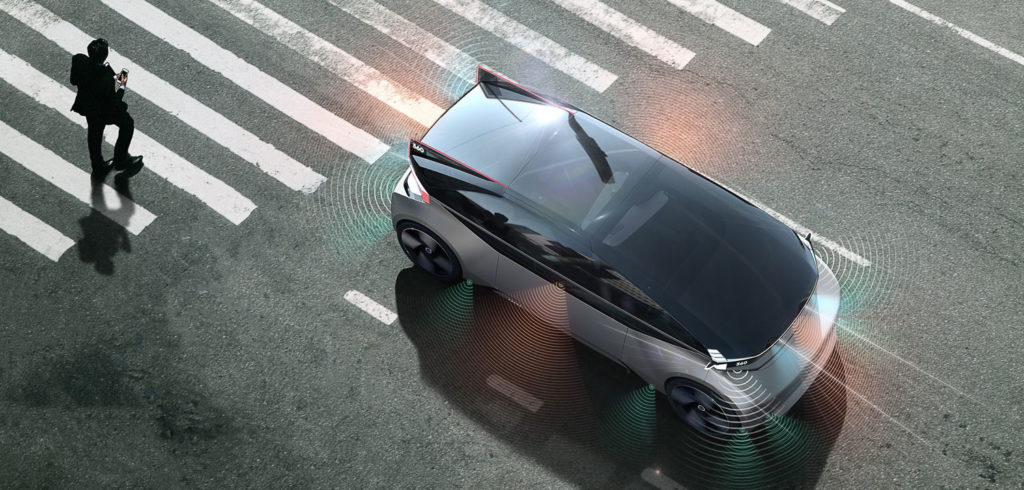With its new 360c autonomous concept, Volvo Cars is tackling one of the main challenges around the introduction of autonomous vehicle technology and calls for a new, global standard in how autonomous cars can safely communicate with other road users.
Initially fully autonomous cars will be introduced in a mixed traffic situation in which driverless cars without a human driver will share the road with other road users. In such a scenario, it will no longer be possible to make eye contact with and learn about another driver’s intentions, a central element of today’s everyday traffic interaction.
As part of the development of the 360c, Volvo Cars’ safety engineers decided to tackle this challenge. Additionally, the focus was to create a universally applicable standard so that other road users do not have to consider the brand of car.
The 360c addresses this challenge with a system comprising external sounds, colors, visuals and movements, as well as combinations of these tools, to communicate the vehicle’s intentions to other road users. This means it is at all times clear what the car will do next.
Crucially, while the 360c’s safety communication technology is designed to signal to other road users, it will never issue directions or instructions to these road users.
“We strongly believe this communication method should be a universal standard so all road users can communicate easily with any autonomous car, regardless of the make of the vehicle,” said Malin Ekholm, vice president at the Volvo Cars Safety Centre.
“It is also important that we do not instruct others what to do next, in order to avoid potential confusion. Our research shows this is the safest way for fully autonomous cars to communicate with other road users.”
The 360c represents Volvo Cars’ vision of the future – one that is autonomous, electric, connected and safe. It presents four potential uses of autonomous driving vehicles – as an environment to sleep, as a mobile office, a living room and an entertainment space, totally re-imagining the way people travel.
Inside the sleeping environment, Volvo Cars’ safety engineers have also looked at the future of safety technology and how different passenger positioning could influence safety. A special safety blanket envisions a future restraint system that works just like the three-point safety belt, but is adjusted to people lying down while traveling.


